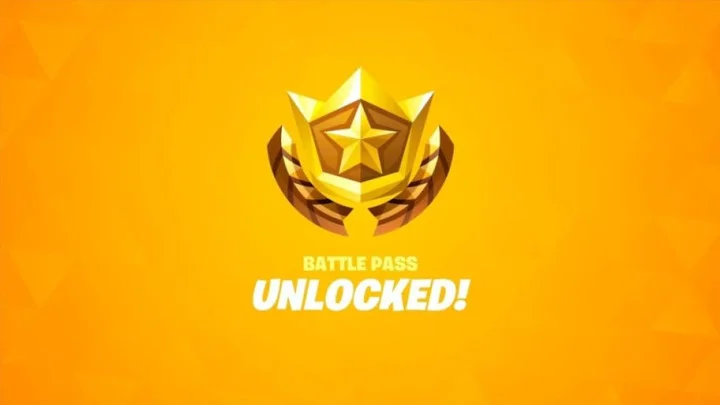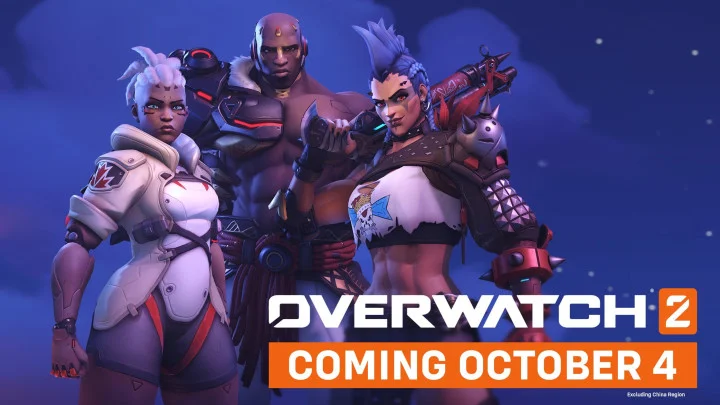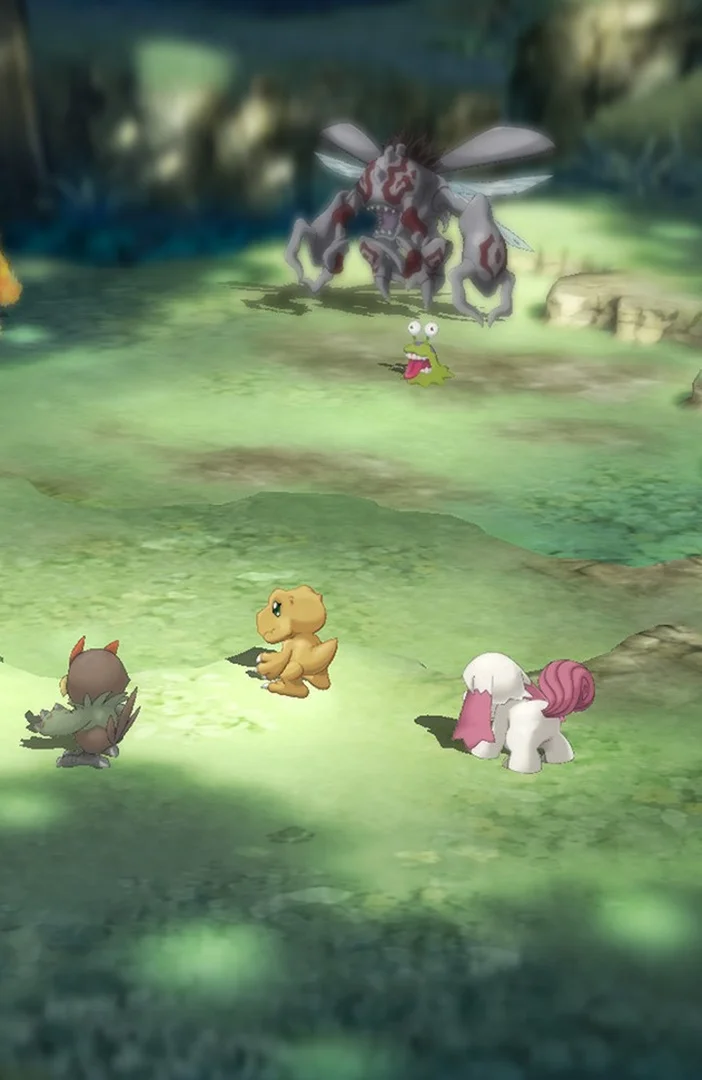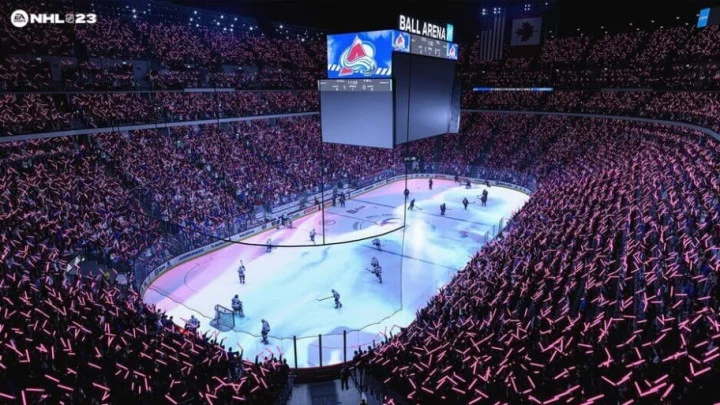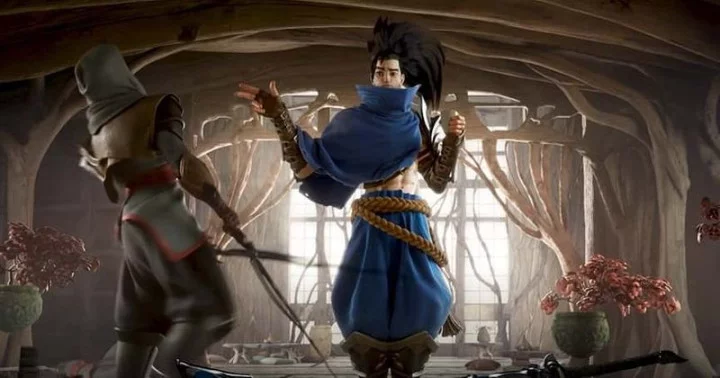The gaming industry has completely shifted economically within the last six years. Countless controversies surrounding loot boxes and pay to win microtransactions lead to outcry from fans. The loot box crisis escalated to an extreme once lawmakers in 2018 decided to permanently ban loot boxes in Belgium and the Netherlands. Since that initial ruling, 18 different European countries have outlawed loot boxes as well. In the United States, loot boxes haven't been completely banned, but congress is in the process of drafting a bill that would regulate pay to win microtransactions and loot boxes. Fan outcry and legal woes signaled to industry giants that there needed to be change.
History of the Battle Pass
But what could possibly replace the massive income generated from loot boxes? The answer seemed impossible until 2013 when Dota 2 introduced something called the Compendium, which laid the groundwork for what would eventually become the new norm in the gaming industry. The Compendium was an in-game digital book that held challenges players could complete to unlock various items including emotes, character skins, and voice lines. While this gave players exactly what they wanted, it's important to note that these all these were still paid features. Despite the pay wall, Dota 2’s Compendium was a massive success and generated millions of dollars. While the exact amount of money made is unknown, Valve has always pledged 25% of their Compendium earnings to their Dota 2 prize pools, which was up to a massive 40 million dollars in 2021.
Valve instantly recognized they had something big on their hands. They rebranded the Compendium into something new — the Battle Pass. The newly coined Battle Pass made its first appearance in 2016. This new business model was slowly taking over the gaming industry, and other developers started to take notice. 2018 was the year where things truly changed, with Epic Games' Fortnite. As Fortnite’s player count astronomically increased, Epic Games released their own Battle Pass for Fortnite Season 2. With 100 tiers to work through, players suddenly had access to an abundance of skins, emotes, gliders, and other premium cosmetic items. Fortnite then sold over 5 million Battle Passes in February alone, which netted them about 50 million USD in revenue.
Three main factors were key to the success of the Battle Pass:
Cost
- The Battle Pass was cheap. Most first time purchases sat at around $8-10, with the player able to repurchase a Battle Pass for free with the in game currency they earn by completing tiers.
Transparency
- The biggest controversy surrounding loot box controversy was its similarities to gambling. Players would drop money in the hopes of earning specific rewards — but it was rarely guaranteed. The Battle Pass offered a ton of content, and was transparent about the rewards players were getting from the purchase. Players could view all guaranteed rewards even before parting with their cash.
Revenue
- Despite being free-to-play, Fortnite netted 50 million dollars in their first month of implementing a Battle Pass. The opportunity for profit became an attractive prospect for plenty of studios to get in on the Battle Pass market. Soon enough, every game had to have a Battle Pass. Even mobile games were beginning to get in on the trend.
This Battle Pass system effectively solved the biggest issues created by microtransactions and loot boxes, satisfying fans and still generating absurd amounts of revenue for the gaming industry. However, has this truly been a change for the better?
Positive and Negative Effects of the Battle Pass on Gaming
One gripe players have had with the Battle Pass’s influence is that it's almost impossible to find multiplayer and online titles which don’t include one, and that the Battle Pass has oversaturated the current gaming market. Twitch streamer John ‘DatBoiBagles’ Yucel says that he feels as if “Battle Passes have changed microtransactions in gaming as a whole.” He continued on to say that he thought it was “good when it was first introduced but, it seems like game companies are not trying to do anything new with the traditional battle pass.“
Oversaturation is no joke. With games such as Call of Duty and Apex Legends having new seasons every two to three months, players are constantly being introduced to new Battle Passes. The trend has affected games that traditionally never have had a Battle Pass. Overwatch, a paid title that notoriously relied on loot boxes, announced that its sequel will be free-to-play — ditching loot boxes in favor of the Battle Pass. It's a drastic change, and one which many fans have felt goes against the game's origins.
But why are studios making these changes? The answer, as ever, lies in profit. By becoming a free-to-play title, games can lift the initial pay wall of buying a game, and instead incorporate a Battle Pass to generate continuous income with premium content.
But despite being overly promoted, there are no requirements to actually purchase a Battle Pass. In fact, Call of Duty and Fortnite both offer free rewards to players who don’t purchase a premium Battle Pass. Additionally, some Battle Passes reward players with enough in-game currency to repurchase the Battle Pass without having to actually reach into their own wallet. Theoretically, players would only have to ever purchase a Battle Pass once in some titles.
Though it's not always easy to hold onto in-game currency. While plenty of cosmetics are included in a Battle Pass, games still offer additional cosmetic items in a separate shop. The items can be original to the game, or part of a collaboration — something Fortnite is perhaps most notorious for. These shop exclusive items are often only available for a limited time, and purchased only with in game currency.
Ultimately this creates a dilemma for players who are then forced to decide whether to spend their stocked up in-game currency on another Battle Pass, or on a premium cosmetic from the in-game shop. Players are often further enticed into purchasing cosmetics through in-game collaborations. Fortnite has frequently collaborated with the likes of Star Wars and Marvel Comics while Call of Duty saw collaboration events with the likes of Saw, Godzilla, King Kong, and the Scream franchise. These events were highly promoted with an emphasis on each collaboration being a “limited time event”. Players are encouraged to act fast and purchase the limited-timed items before they disappear.
What Now?
These practices can be seen as shady. Putting gamers in an impossible position that often only results in development studios making more money. But it's a bittersweet compromise. The transparency of rewards, the opportunity to earn free in-game currency, and the sheer amount of content given to players ultimately triumphs over alternative loot boxes.
Furthermore, regardless of whether or not players purchase a Battle Pass they’ll still be able to unlock rewards. Even without spending money players can still receive a ton of new content. It's clear that the Battle Pass is the best solution for free-to-play games. Love it or hate it — it looks like the Battle Pass is here to stay.
This article was originally published on dbltap as How the Battle Pass Ushered in a New Era of Gaming.

